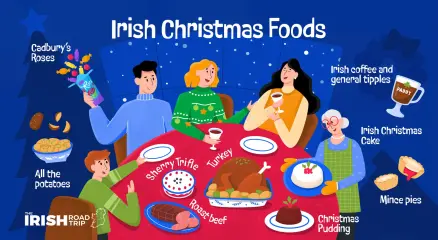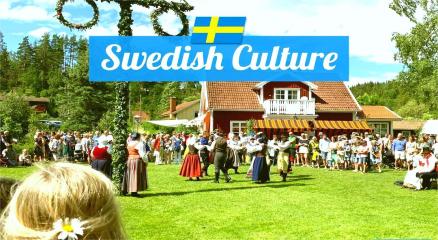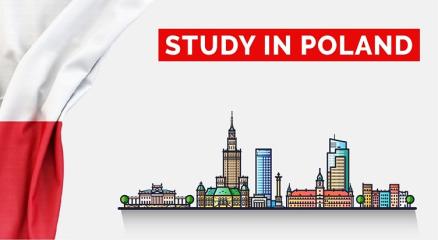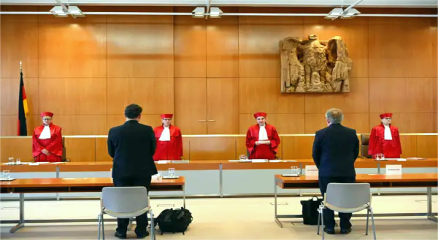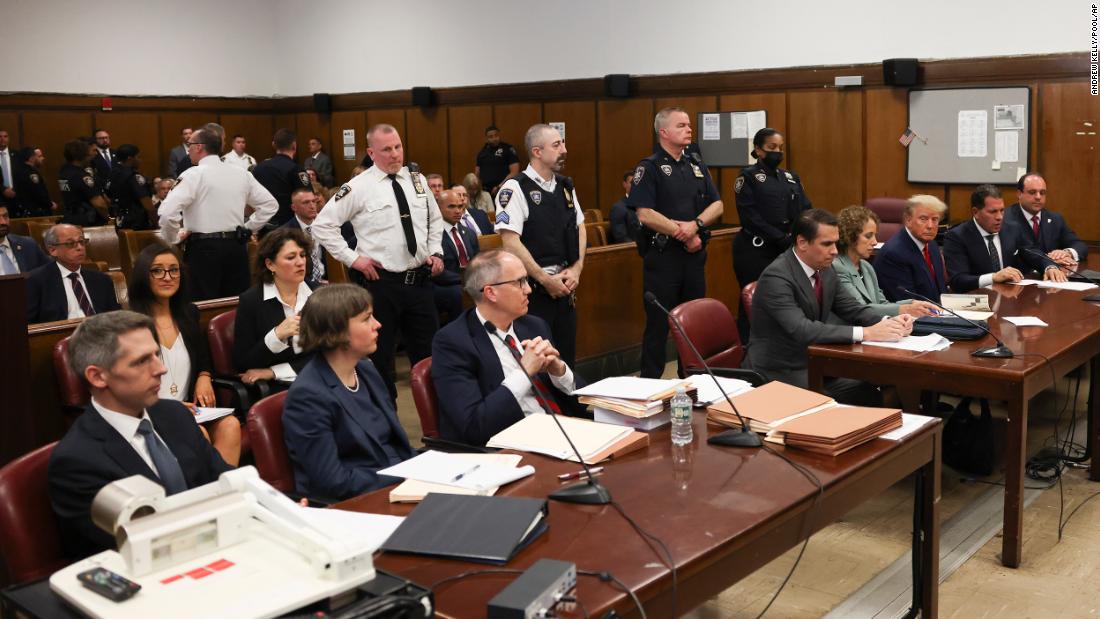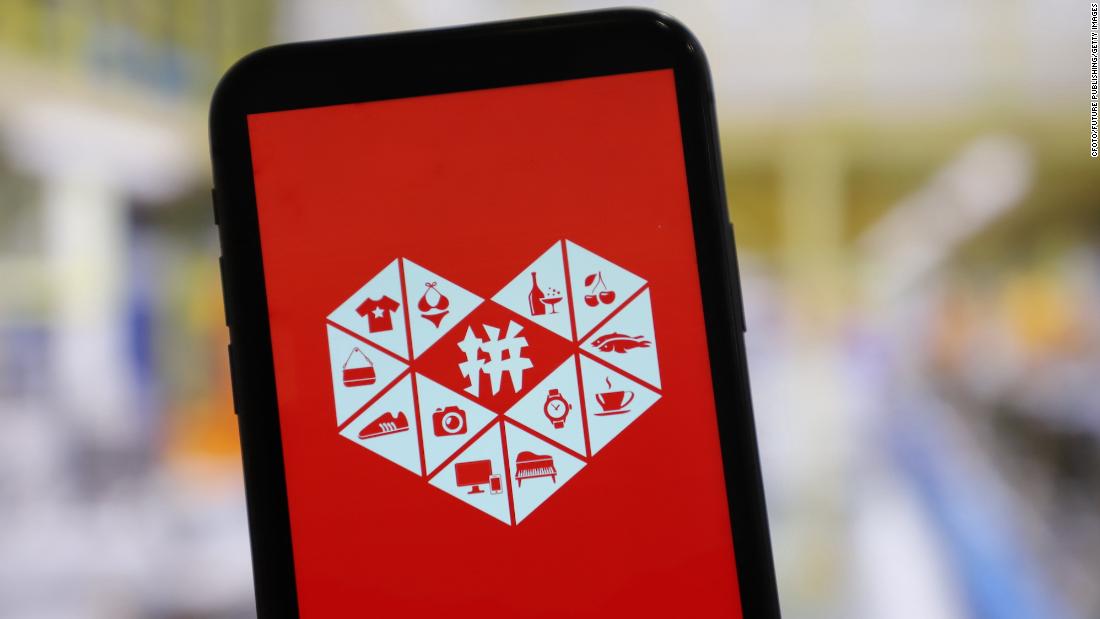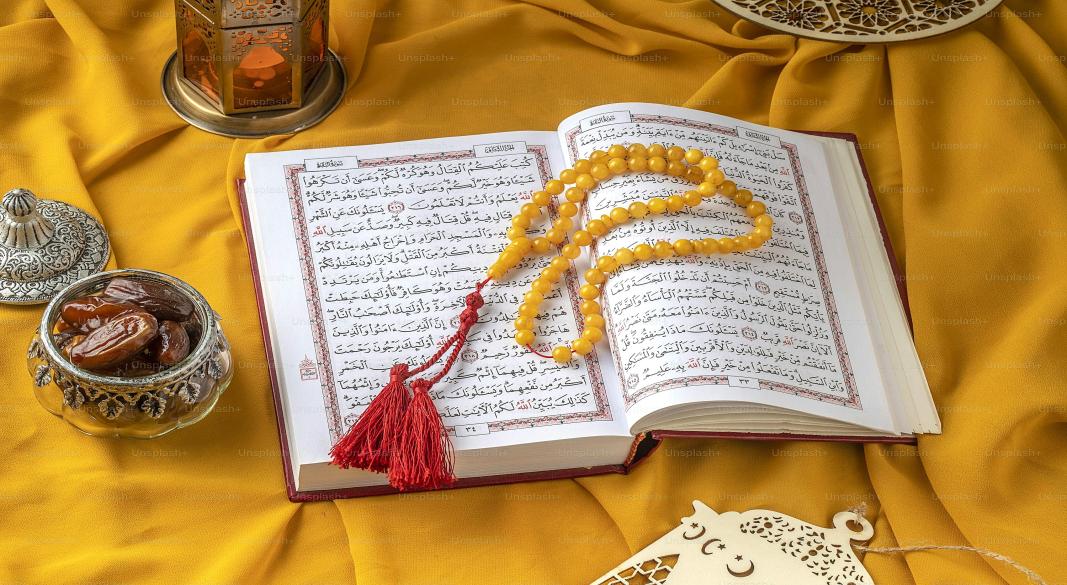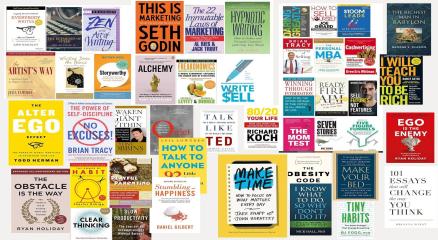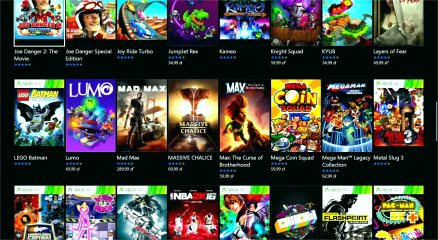Introduction
The Holy Quran is the final revelation sent down to Prophet Muhammad (peace be upon him) over a period of about 23 years. It is regarded by Muslims not only as sacred scripture but also as a comprehensive guide — encompassing spiritual, moral, legal, and social dimensions. In this article, we explore The Holy Quran’s Details: its structure, its modes of revelation, central themes, its compilation, and its enduring relevance.
1. Revelation and Compilation
According to Islamic tradition, the Quran began to be revealed in 610 CE when the angel Jibril (Gabriel) descended upon Prophet Muhammad during a night of meditation in the Cave of Hira. Banglapedia Revelations continued until the Prophet’s passing in 632 CE. Banglapedia
The revelations were initially memorized and also written down on various materials — such as parchment, leaves, stones, and animal skins. Banglapedia After many companions who had memorized the Quran (hafiz) were lost in battles (notably at Yamama), the first Caliph, Abu Bakr, took steps to collect all revealed pieces. Banglapedia Later under the third Caliph, ‘Uthman bin Affan, a standardized written version was compiled and distributed to different regions to ensure uniformity. Banglapedia
2. Structure: Surahs, Verses, Sections
-
The Quran comprises 114 chapters, called surahs. Banglapedia+1
-
These chapters are subdivided into verses, ayat (singular: ayah), which literally mean “signs.” Encyclopedia Britannica+1
-
The total number of verses is commonly counted as around 6,236 in the standard Hafs version, although slight differences of counting exist. Encyclopedia Britannica+1
-
The Quran is also divided into 30 parts (juz’) for ease of recitation over a month, especially during the month of Ramadan. Banglapedia
-
There are classifications of Surahs into Meccan and Medinan, depending on whether they were revealed before or after the Prophet’s migration (Hijrah) from Mecca to Medina. The Meccan surahs tend to emphasize faith, the oneness of God (Tawhid), resurrection, the Day of Judgment; the Medinan surahs often contain more social, legal, and communal guidance. Banglapedia+1
3. Major Themes and Messages
The Quran’s content is rich and multilayered. Some of its core themes are:
-
Oneness of God (Tawhid): The Quran consistently affirms that there is only one God, without partner, and that He is the ultimate source of everything. Quran.com+1
-
Prophethood and Revelation: The role of prophets is emphasized, as messengers who call people back to God’s guidance. The Quran refers to earlier scriptures and prophets (Adam, Noah, Abraham, Moses, Jesus, etc.). Encyclopedia Britannica+1
-
Day of Judgment, Afterlife, Reward & Punishment: Multiple passages describe the reality of resurrection, heaven (Paradise), Hell, and accountability. Encyclopedia Britannica+2Quran.com+2
-
Moral & Ethical Guidance: The Quran provides commandments and guidance on honesty, compassion, justice, humility, kindness to orphans and the needy, interpersonal behaviour. Banglapedia+1
-
Law & Social Order: In the Medinan revelations, detailed instructions are given on family law (marriage, inheritance), criminal penalties, financial dealings (prohibition of usury), and communal obligations. Encyclopedia Britannica+1
-
Signs in Creation & Reflection: The Quran invites contemplation of the natural world as signs of God’s existence, power, and wisdom. Rain, night and day, celestial bodies, living creatures and their varied forms are often mentioned. Quran.com+2Encyclopedia Britannica+2
4. What “Detailed” Means in Relation to the Quran
Muslims believe that the Quran is not vague or ambiguous in its purpose; rather, it is described at several places in the scripture itself as being “explained in detail,” “clarifying all things,” and as “a guide, a mercy, and good tidings for those who believe.” Quran.com+2Reddit+2
However, this “detail” does not necessarily mean exhaustive detail in every domain or scenario. In many cases, the Quran sets broad principles, leaving specific applications to contextual interpretation, analogies, and the prophetic tradition (Sunnah). The details of ritual practices (for example, the precise timings or methods) are often enriched by prophetic traditions. Thus, the Quran’s “detail” is often in terms of purpose, principles, moral vision, and spiritual depth.
5. Relevance and Universality
One striking aspect of the Quran is its claim to be universal:
-
The guidance is meant for all humanity, not only for a single ethnic or tribal group. Banglapedia
-
While revealed in Arabic, its messages about justice, compassion, morality, and accountability transcend cultural boundaries. Quran.com+1
-
It addresses timeless human concerns: fear, hope, loss, social conflict, ethical dilemmas.
Because of these, Muslims everywhere—regardless of language, ethnicity, or time—find relevance in its teachings.
6. Conclusion: Why These Details Matter
Understanding the details of how the Quran is structured, revealed, and what it seeks to achieve helps readers appreciate:
-
Its coherence: not random or merely historical text, but deeply unified in purpose and message.
-
The balance between spiritual depth and practical guidance.
-
The way revelation adapts to changing contexts while preserving core truths.
For Muslims, these details reinforce faith, helping to live with awareness and meaning. For non-Muslims or those curious, they provide a lens to grasp the Quran not just as a religious book, but as a work with moral, social, literary, and spiritual dimensions.
Reporter’s Reflection
While writing this, one is struck by how the Quran presents itself not merely as a set of commandments or stories, but as a complete framework for life. It guides individuals inwardly — shaping beliefs, character, mindset — and outwardly — shaping society, law, justice, relations. The “details” do not overwhelm; they point towards clarity, mercy, and a vision of human dignity.
If you like, I can also prepare a companion piece focusing on some specific Surahs and how their themes illustrate these details in action.

